Because I’ve lived in Tokyo for over ten years, I get a lot of questions from first-time visitors about the best things to see and do. I think it’s time for my top five recommendations honed over years of experience which I hope will ensure that you have a great time during your stay in Tokyo – enjoy!
1) See Sensoji Temple in Asakusa and while you’re there, have some green tea, and take a boat ride around the city!
Sensoji is Tokyo’s biggest temple and comes complete with its own shopping street right in front called Nakamise, where you can get your Tokyo souvenir shopping done and experience a typical part of Japanese culture—visiting shrines and temples.
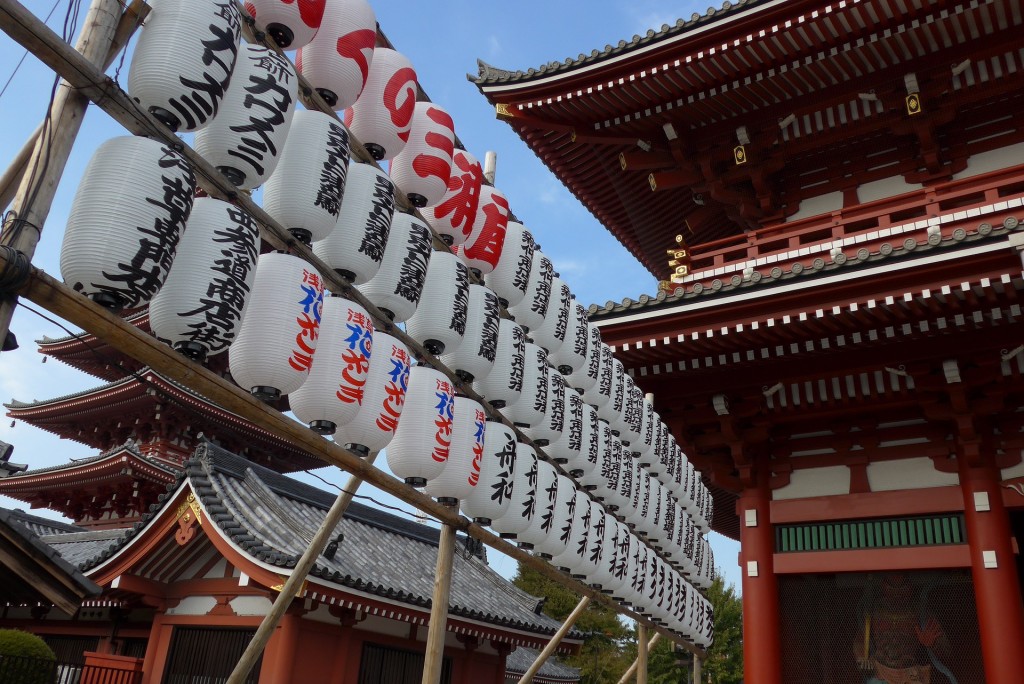
A small part of Sensoji Temple, Tokyo’s oldest temple, in Asakusa
While strolling down Nakamise to get to the temple, be sure to look for some yummy snacks on offer such as agemanju, small round cakes with a sweet filling coated in tempura batter and deep fried. Several shops sell agemanju on Nakamise and you can find some with variations of yummy filling including the traditional red bean (anko), pumpkin (kabocha), green tea (matcha), and ume (plum), to name a few.
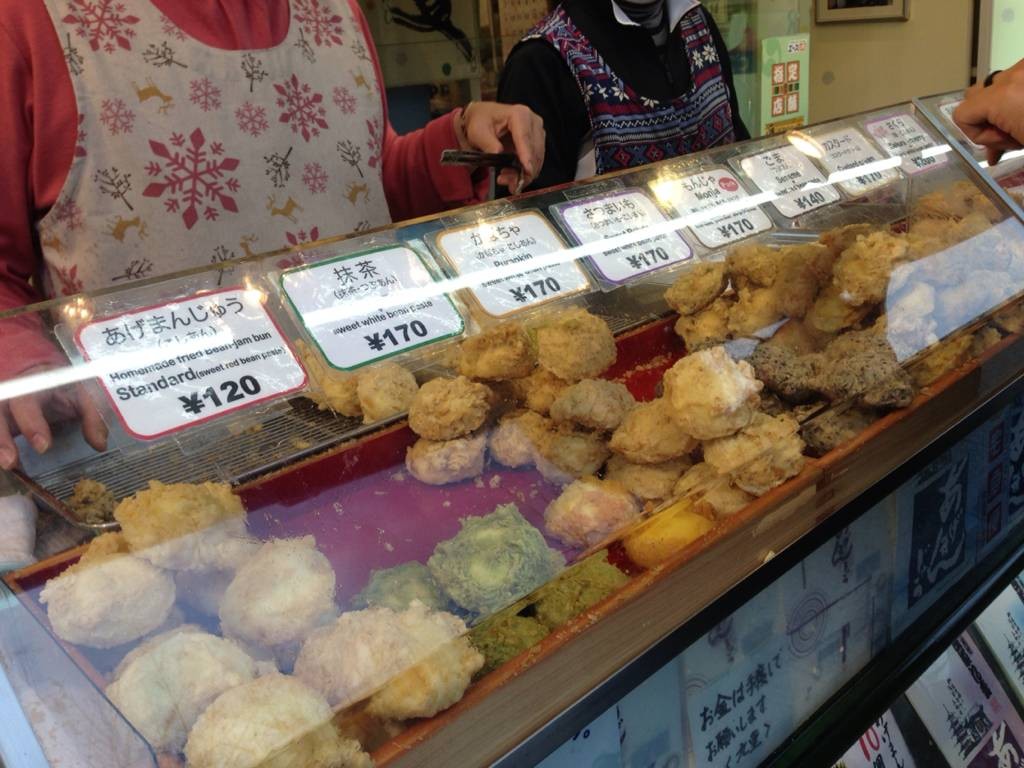
Agemanju – yummy!
A few streets away from Nakamise, you can also try a nice green tea shop that also offers camping facilities in the heart of Tokyo (check it out!)
I also think that it’s important to get the lay of the land in a city early on in your stay, so I think that taking a boat ride around the city would be a nice way to see Rainbow Bridge (famously featured in the movie “Kill Bill”) and some of Tokyo’s more unusual architecture, such as the “Golden Poo” building (you’ll know it when you see it).
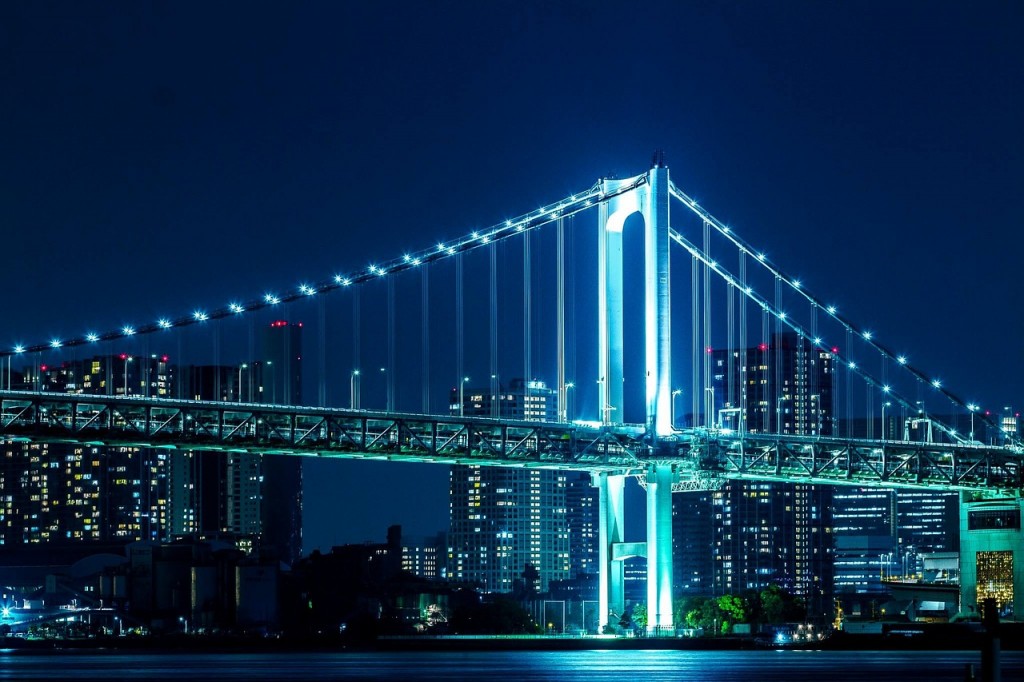
Rainbow Bridge, Tokyo
The boat rides are not hard to find and take off at various times throughout the day. Check out the boat schedule and email for your reservations here
Ease into the traditional side of Tokyo in one of its most traditional neighborhoods. You will see many other tourists around you, but there is a reason that many people visit. It’s definitely worth a visit on your first trip to Tokyo.
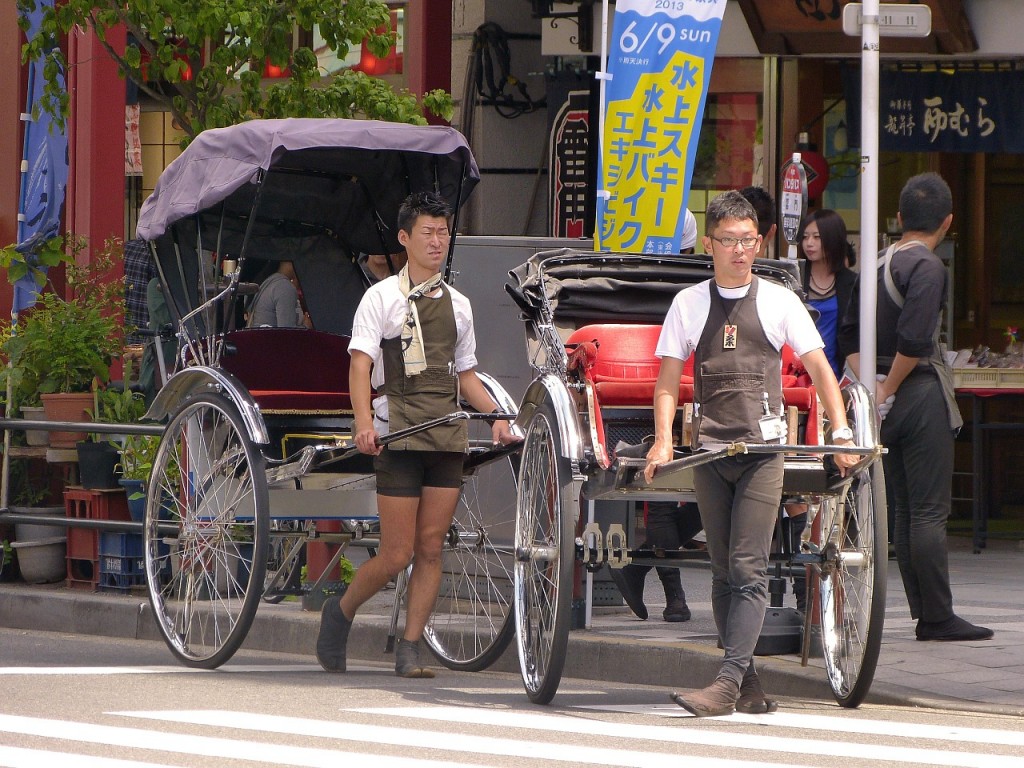
Rickshaw drivers ready to give you a ride in Asakusa
2) Akihabara – Electric Town
One thing that I had to figure out quickly the first time that I went to Akihabara is that it is NOT the place to find amazing discounts on brand-new electronic gadgets. Japan still does not offer many of its domestically made products in English, and if available, the English versions are always more expensive, so don’t go looking for amazing deals on electronics in Akihabara (however, Japan does have some of the highest quality second-hand electronics goods at very reasonable prices, so you may want to look into that).
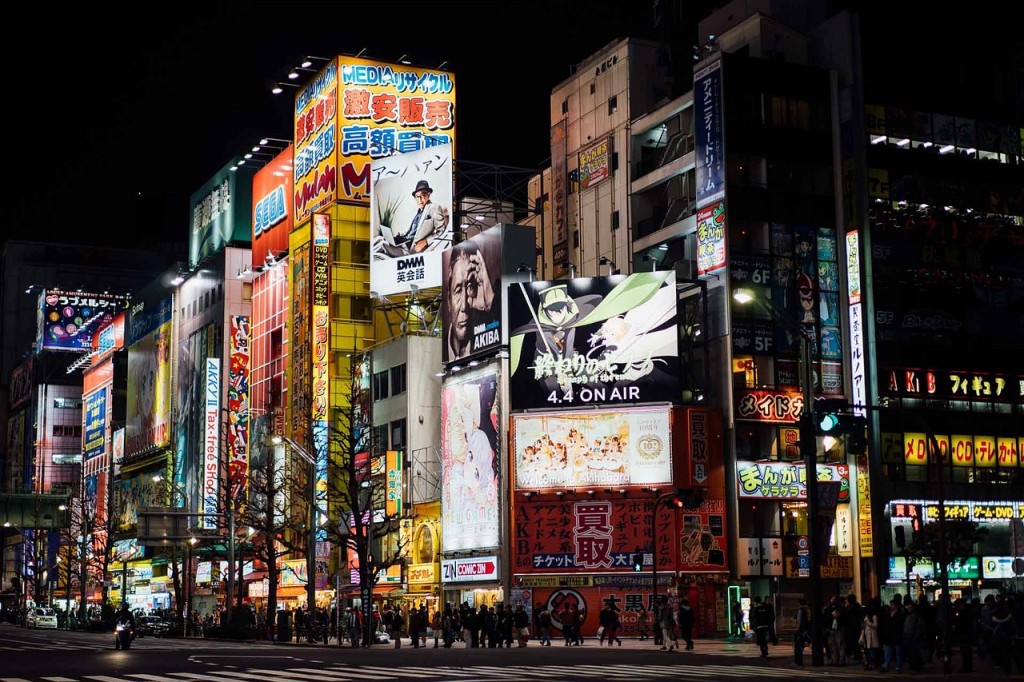
Akihabara at night
The reason to go to Akihabara is to see the comic book/animation culture that Japan has successfully exported around the world. Here is where you can find loads of anime toys, cafes dedicated to famous characters or bands such as Gundam or the AKB48 café (AKB stands for Akihabara because this is where this 48-member girl band first got their start), vintage Nintendo games and a wide variety of video-game related merchandise, comic book cafes, people dressed in costumes (more commonly known here as “cosplay”) and the infamous maid cafes, where you can enjoy an expensive cup of tea given to you by a girl dressed as a maid using the most polite Japanese that you’ll ever hear while also playing mini-board games with you. For older visitors to Tokyo, I think the sheer noise of all the salesmen out in the streets and cramped shopping space in this area may be off-putting, but for a look into a huge part of Japanese culture, this is one place not to miss.
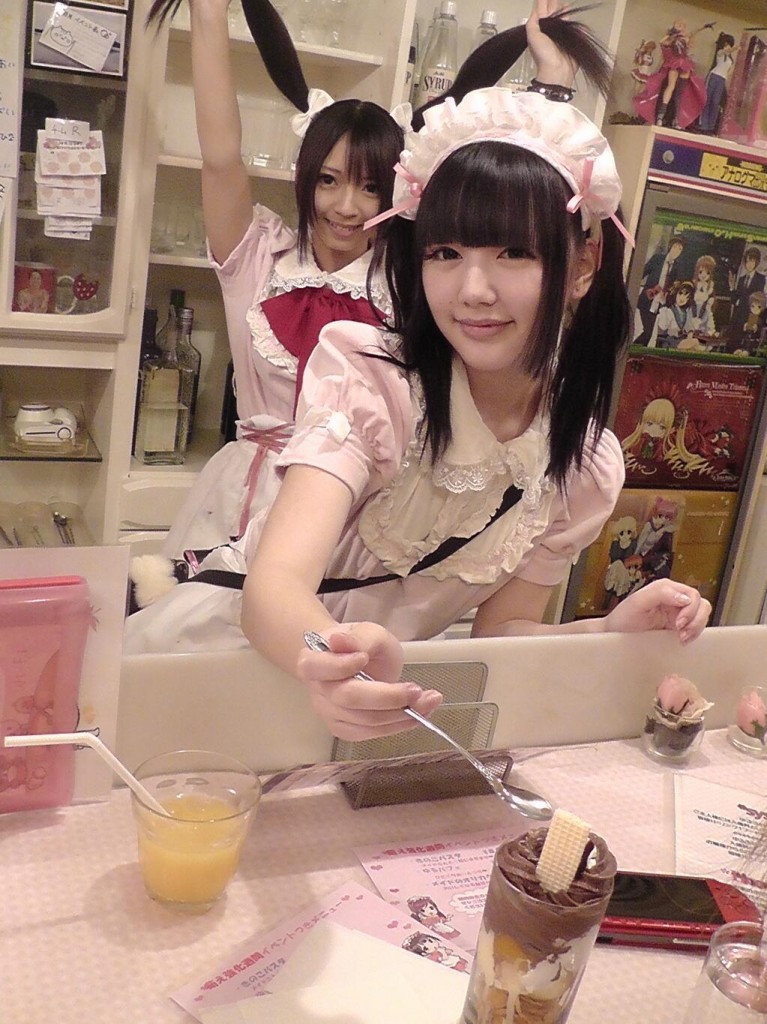
Maid Cafe
Clink on the links for more information:
Maid cafes: Mai Dreamin and @home café
3) Shinjuku – Godzilla Spotting, Your First Japanese Hot Spring, and Drinking in Some of the World’s Smallest Bars
Shinjuku is an area with so much going on that it can be incredibly overwhelming on a first visit, but it is also a great example of the most modern experiences that Tokyo has to offer. Here is where you can snap a picture of Godzilla peeking out from behind the new Toho Cinemas, sift through the weird and wacky of one of Tokyo’s funniest novelty chain stores called Don Quijote, drink in some of the world’s smallest bars (written about in a previous post here) and experience your first taste of a Japanese hot spring/spa, just down the street from the world’s smallest bars. You can even play some vintage Nintendo games while drinking a cocktail inspired by Princess Toadstool.
Toho Cinemas & Don Quijote: Go out of the East Exit of Shinjuku station, Copy and paste the address below into Google Maps
〒160-0021 東京都新宿区歌舞伎町1−19−1 新宿東宝ビル
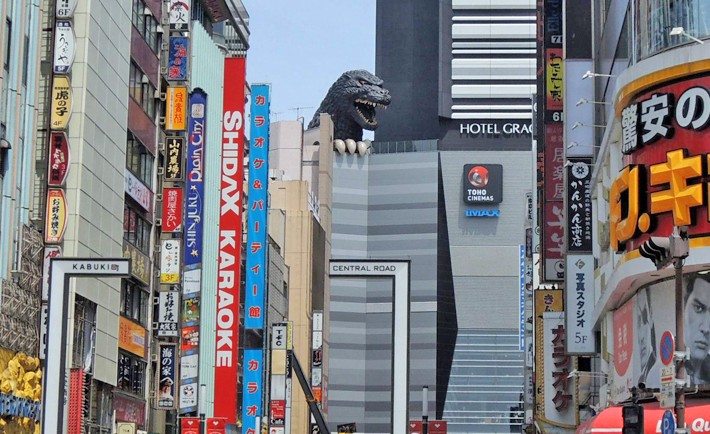
Toho Cinemas Shinjuku with the red and orange Don Quijote in the right foreground
Don Quijote: You will see the yellow sign on your way to Toho Cinemas. Check out the picture with Godzilla and you can see the sign in the right foreground.
Thermae-yu: 〒160-0021 東京都新宿区歌舞伎町1丁目1−2
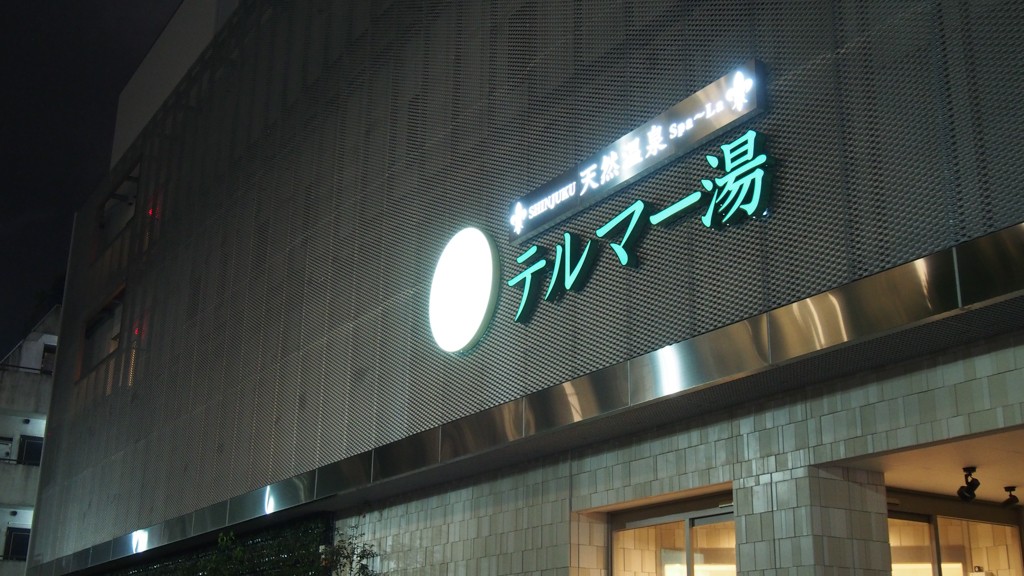
The entrance to Thermae-yu in Shinjuku – wonderful way to soak in the hot baths with water brought in from natural hot springs every day
Golden Gai: 〒160-0021 東京都新宿区歌舞伎町1丁目

Me enjoying the funny night life in Golden Gai
Star Club Shot Bar (Mario Bar): 〒160-0022 東京都新宿区新宿3-11-1
It’s on the 2nd Floor – look for Mario sitting outside on the 2nd floor balcony
4) Shibuya – People Watching, People Crossing, A Loyal Dog, More Tiny Bars, and Singing Until 5am
Every visit to Tokyo needs to include at least five minutes in Shibuya, even if just to cross the world’s largest pedestrian crossing a few times. This pedestrian crossing has appeared in almost every Hollywood movie version of Tokyo and has lots of large TVs to stare at while waiting to cross the street along with the rest of the world (and their selfie sticks and Go Pros).
In the large square just outside of the Hachiko exit of the JR Yamanote line, in the far corner adjacent to the smoking section in the square, you will find a lot of people sitting around, waiting for their friends to arrive. If you dive deeper into this mass of people, you will find a small metal statue of a dog on a pedestal. This is the iconic Hachiko, the beloved dog who used to come to this square every day to wait for his master. After his master died, Hachiko continued to come every day for more than nine years waiting for him. The people of Shibuya loved this dog so much that they made him his own commemorative statue and this little alcove of Shibuya is now the most popular meeting point in Japan. People love posing with Hachiko so be prepared for people with lots of cameras.
Read here for more about the remarkable story of Hachiko!
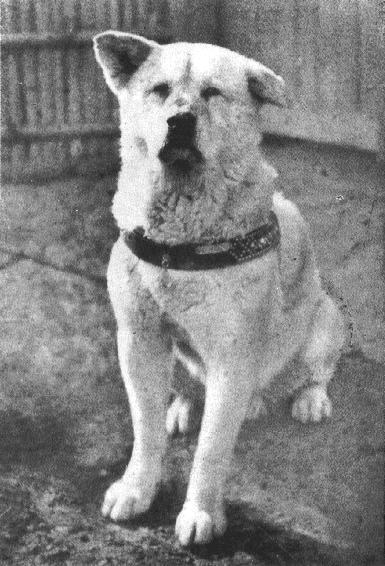
The beloved Hachiko in his later years. Hachiko himself was there for the original unveiling of the statue in his honor in the 1934.
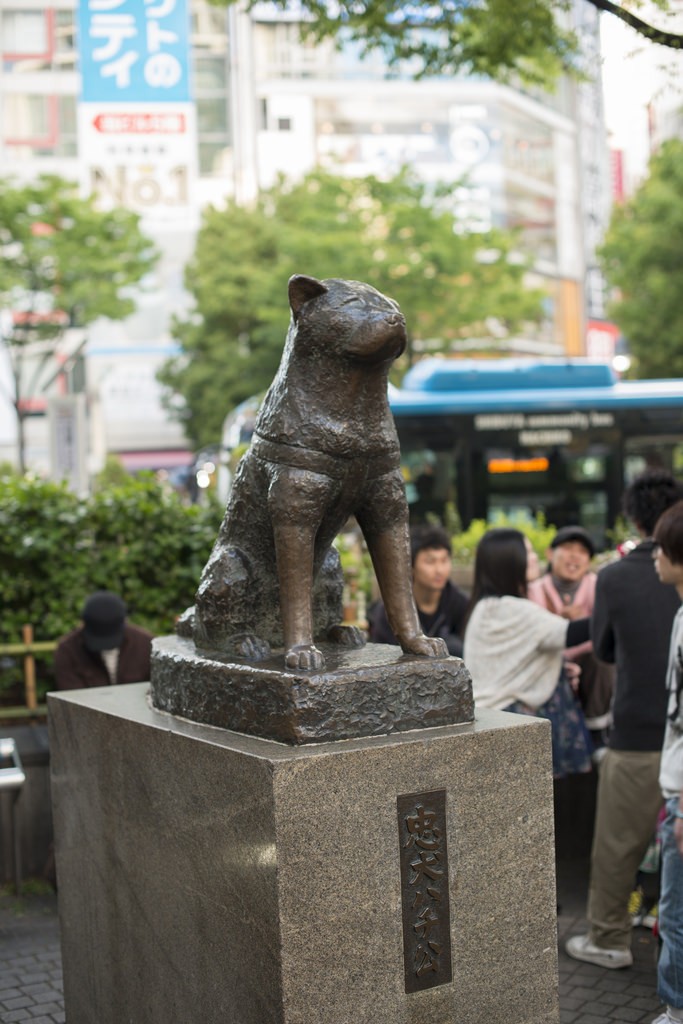
The Hachiko statue today with people waiting to meet friends in the background
If Golden Gai wasn’t enough for you in Shinjuku, there is a small street about five minutes from Hachiko square called Nonbei Yokocho (“Drunkard’s Alley”) that has two streets of tiny bars all its own. Just like in Golden Gai, each building is two floors high and many of the bas will ask for a cover charge for entrance (so if you venture here, come with your wallet). This area of Shibuya feels like you’ve stepped back in time, and is a good little side detour from Shibuya’s main streets.
Address: 〒150-0002 東京都渋谷区渋谷1丁目24−8
Check out the Bar Piano in this same alleyway here: 〒150-0002 東京都渋谷区 渋谷1丁目25−10
There are many places to experience Japanese karaoke in Tokyo, but none may be more varied (outside of Shinjuku) than Shibuya. Many of the karaoke places in Shibuya are also closer to main station itself, so it may be a better option than Shinjuku. Popular karaoke chains in Shibuya include Big Echo, Karaoke-kan, Pasela Resorts, Shidax, and Karaoke-no Tetsujin (with an English sign “King of System” on the outside).
When you first arrive to Shibuya, you should also pay a visit to a place called Tokyo Food Show, which is in the basement of the Tokyu Department store that is part of Shibuya station (on the Hachiko exit side). Pick up some tasty samples, see some of the most carefully crafted desserts, and don’t forget to check out the fruit section and a section in the back corner devoted to treats from different parts of Japan. It’s a great free little food tour all its own.
Karaoke:
Big Echo: 〒150-0042 東京都渋谷区宇田川町23−5 ハイマンテンビル
Karaoke-kan: 〒150-0002 東京都渋谷区渋谷1丁目14−15
Pasela Resorts: 〒150-0042 東京都渋谷区宇田川町20−15 ヒューマックスパビリオン渋谷公園通りB1・2F
Shidax: 〒150-0041 東京都渋谷区神南1−12−13 渋谷シダックスビレッジ
Karaoke-no Tetsujin: 〒
5) Harajuku/Omotesando – Teen Fashion, Dancing Elvises, Make Your Own Pancakes, and Spend a Fortune
Note: Harajuku/Omotesando are best visited on a Sunday to see the most people dressed up in interesting outfits.
You may know Harajuku from Gwen Stefani’s 2004 song “Harajuku Girls,” at least that’s the only place I can think of where this word was ever heard of in the U.S., but Harajuku should be on everyone’s list for a first trip to Tokyo because it offers another unique side of the city and you can see many of the city’s youth culture trends all in the same area.
Takeshita Dori (one of my favorite names for a street ever – “Dori”, by the way, means street) is directly across from the Takeshita exit of JR Harajuku station. You will know it immediately by its large sign and downward slope through a narrow street often packed so tightly with tourists and locals that it often feels like you’re crawling instead of walking through. Stop at the large Daiso on the left-hand side of this street to get a feel for one of the biggest 100 yen store chains in Japan (what you can get for 100 yen in Japan is so much cooler than what you can get in the U.S.). This is also a street famous for crepes (one of the shops even makes a crepe girl calendar) of varying flavors (do you like mayonnaise, corn, or seaweed on your crepes?) I also recommend a stop at Bodyline on the left-hand side up an outside staircase (2F) to see some of the character costumes that this street is famous for. Takeshita is where many young people in Tokyo parade with their unique outfits that sometimes make them look like maids and sometimes make them look like Little Bo Peep. You will see blue hair. I can almost certainly guarantee that. Keep your eye out for these flashy outfits but don’t try to take their picture without asking (most don’t appreciate photos without permission despite it being obvious that they are looking for some kind of attention).
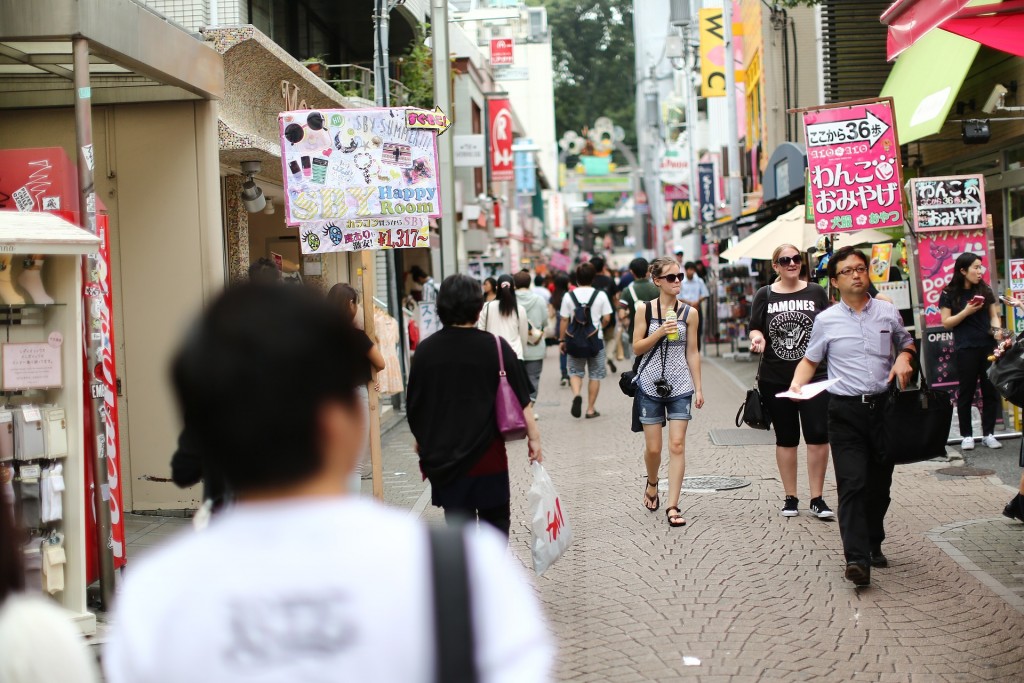
Takeshita Dori in Harajuku
Getting to the end of Takeshita Dori and taking a right will get you to the large intersection where Harajuku and Omotesando meet. Visit La Foret on the corner, a department store with varying Japanese fashion trends and constant pop-up stores over several floors. The department store across the street called Tokyu Plaza (look for the trees on top of the building) has some very cool shops including Hands Be, a branch of Tokyo Hands, that will offer some great souvenirs. The Starbucks at the top of Tokyu plaza also offers a cool rooftop area to lounge around and enjoy your coffee or use the free Wifi service. Another excellent place for souvenirs is a place called Oriental Bazaar, which looks like the entrance to a shrine and has reasonable souvenirs on its bottom floor (address: 〒150-0001 東京都渋谷区神宮前5−9−13 喜多重ビル). This is located on the main Omotesando Dori road, which is called the Champs Elysees of Tokyo for the large trees that line the street. Omotesando Dori has all of the biggest brand name stores and apart from the Ginza area, is the closest thing to 5th Avenue in New York City that you will find in Tokyo. I prefer Omotesando to Ginza because I like how it is so close to Harajuku and Shibuya, definitely the younger side of Tokyo. At the top of Omotesando Dori is a bridge crossing over into Meiji Jingu Shrine (address: 〒151-8557 東京都渋谷区代々木神園町1−1) on the right-hand side and Yoyogi Park (Tokyo’s version of Central Park) to the left. Meiji Jingu is a wonderful respite from the Tokyo crowds and should not be missed.

Checking out the sake barrels at Meiji Jingu
Yoyogi Park is also wonderful to visit on a Sunday in order to see the Dancing Elvises at the front of the park and many cyclists and skateboarders doing tricks. These Dancing Elvises are actually more like a group that didn’t get the memo that the movie “Grease” is no longer the “word” and dance their same Rockabilly moves every week. If they were on Takeshita Dori, they’d be the ones wearing the Little Bo Peep outfits, I’m sure of it. Pro Tip: Pick up some “Baby Castela”, little sweet dough balls usually sold near the entrance of Yoyogi Park, usually about 20 or so to a bag for about 300 yen. I love these sweet treats as I walk through the park.
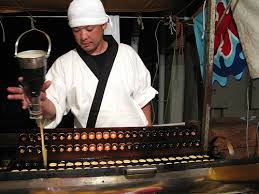
Baby Castela! If you see these being sold in front of the entrance to Yoyogi Park, scoop them up!
Harajuku/Omotesando has many great places to eat. For an experience trying your own hand at making Japanese food, check out Sarukatei (address: 〒150-0001 東京都渋谷区神宮前3−20−1), which is part of the Design Festa building, and provides detailed instructions in English on how to make your own monjayaki or okonomiyaki (Japanese-style pancakes). This place is reasonably-priced, has cool art on the walls, and provides great English support. I like this cool restaurant in the backstreets.
One other place not to miss, especially for younger people, is Commune 246 (address: 東京都港区南青山3丁目13), Tokyo’s play on the food truck scene. While this is not so Tokyo and seems more like it may have come straight out of Brooklyn, it’s a nice place to grab a beer outside (which is rare in Tokyo) and meet some cool locals hanging around near the co-working space there. You may also find some great coffee or a great little shop in the backstreets. While we are talking about places that might also be Brooklyn, you should also visit Cat Street, near the MOMA Art Design Store off of Omotesando Dori (address: 〒150-0001 東京都渋谷区神宮前5丁目10−1 GYRE). This is a nice place to walk and shop for lots of brand-name outdoor places, pick up some takoyaki (fried octopus balls) and stop off for some great local coffee (Nozy Coffee Roastery – address: 〒150-0001 東京都渋谷区 神宮前5−17−13). I just find this to be a great little walking street fun for strolling and checking out the design.
Final Note: If you need to see the huge city of Tokyo in all its glory from above, I encourage you to check out Tokyo Skytree, as it’s the tallest and the most uniquely Tokyo, including the quieter neighborhood where it’s located. It is also the most expensive view in the city, but I’m a big believer in the idea that if you came this far to see Tokyo, you can pay that tiny bit more to see it from its highest point.
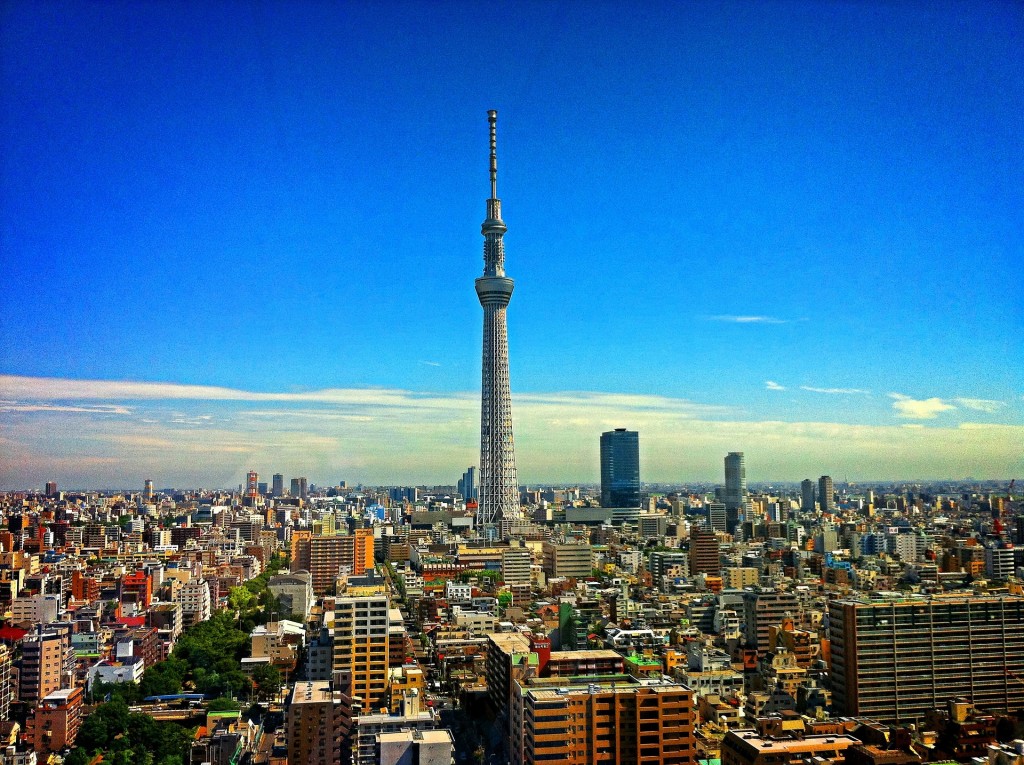
Tokyo Skytree towering above it all
Disclaimer: These are the big sights that I would take someone to if they only had two days in Tokyo and had no further plans to go on to Kyoto. If you’re spending time in Kyoto, I would not spend much time on more traditional things in Tokyo, as Kyoto does it much better. Tokyo is really a collection of lovely and interesting neighborhoods and it’s a lot of fun to explore them one by one.
Stay tuned for my next post on the next five things that I’d recommend after checking off these first five.


